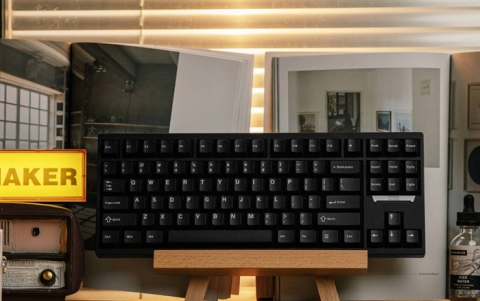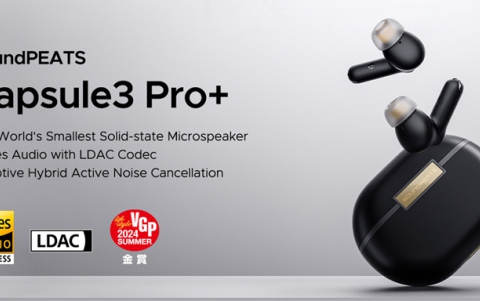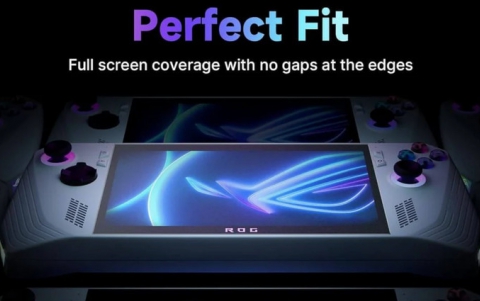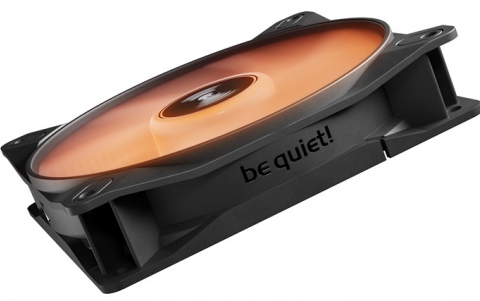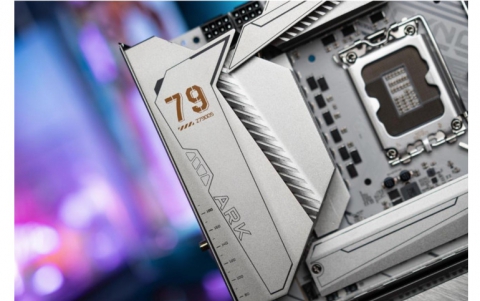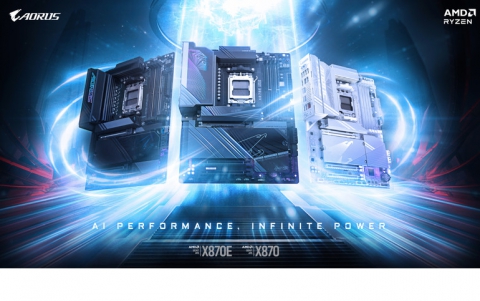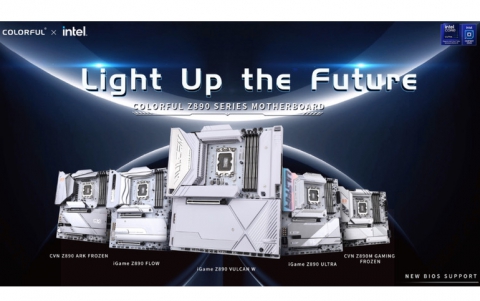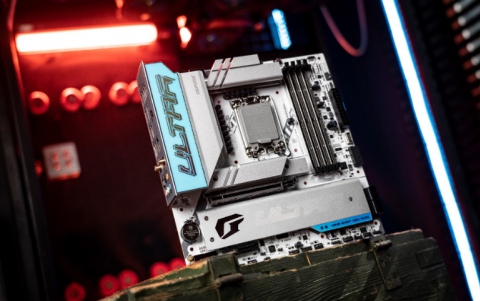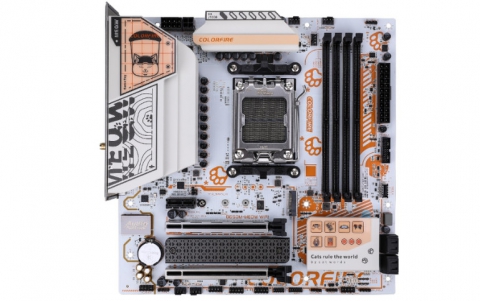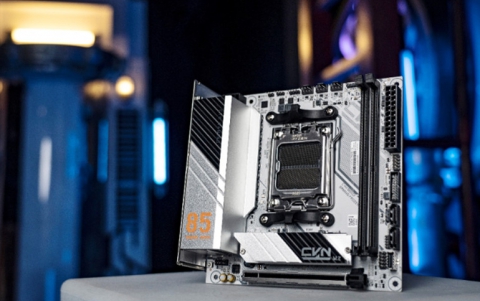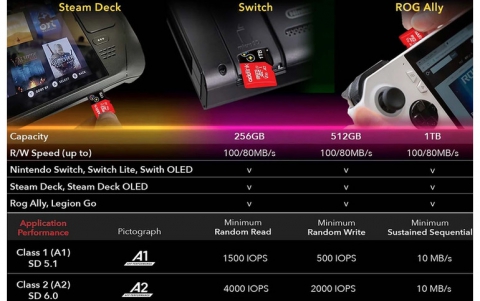Sapphire 9100IGP-AA38 motherboard
3. Page 3
Sapphire - Axion 9100 review - Page 3
In terms of the performance of applications in Windows the IGP9100 chipset copes quite well, but when compared it to many of the Pentium 4 motherboards out there it still struggles to keep up with the competition. However, the PCMark 2004 scores (3622) are satisfactory but not great. The performance could increase with new BIOS releases and new drivers, since the IGP9100 is a relatively new chipset.
Returning to the board’s strong points, the integrated graphics card “borrows” memory from the main system memory in order to work. The amount can be set by the BIOS, and can range from 32 to 128 Mbytes. So, if you have 256MB of ram and a setting of 128 for the graphics card, the remaining available memory for the operating system will be 128. Given the requirements of the modern operating systems, this could hinder performance significantly. So when buying ram for this board, you have to take this requirement into consideration.
One feature of the IGP9100 that could be of interest is an option to use the integrated graphics together with an extra AGP graphics card. This would amount to being able to have up to three displays with the same PC. This feature is named Surroundview and can be configured via the bios. The only drawback is that for this to work the extra card must be another Radeon based AGP card, because ATi’s Catalyst drivers must be installed. While not something to go head over heels with, this feature could be useful for example to some people that need to build a cheap multi monitor solution.
As far as 3D performance goes the integrated graphics chip deals quite well with older 3D applications. But with anything beyond DirectX 8 it would really be a struggle. From the benchmarks that we ran the scores were not that exceptional. We added a an Ati Radeon 9600 Pro reference card to our test system and ran the same benchmarks in order to see the difference in 3D performance. The benchmarks used where 3DMark 2001, and Aquamark3. The former performs tests up to DirectX 8, while the latter puts more stress into the cards using tests up to DirectX 9. The drivers used were the latest official ATI Catalysts version 4.5 which support this chip as well. This ensures that there will be always room for improvement, with the frequent driver updates ATI issues (almost once every month the last months). The diagrams below summarize the results.

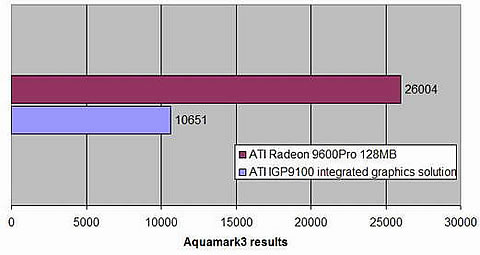
As we can see, the performance of the integrated graphics chip is lacking compared to the one of the current “gaming” trends. This was expected, since it is based on the “older” Radeon 9200 chip.

